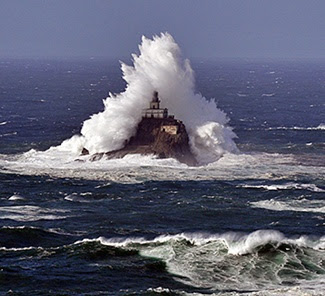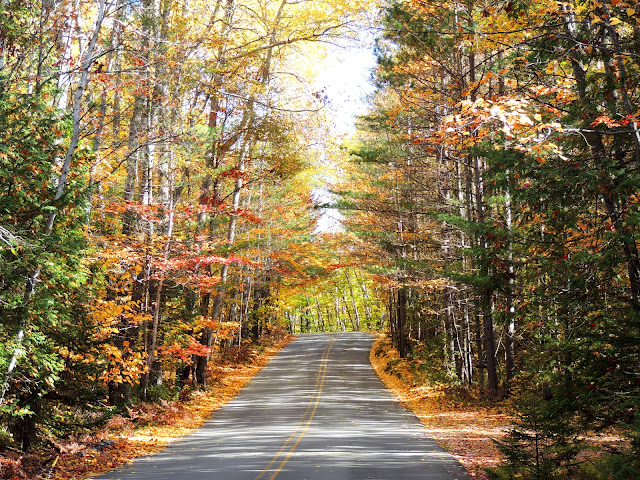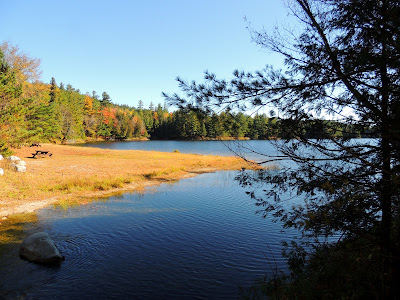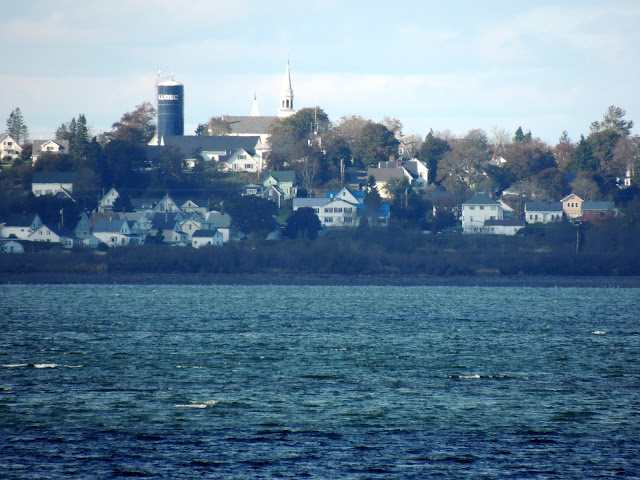Piedras Blancas Lighthouse
The quiet cove at San
Simeon was a bustling seaport in the late 1800s. Whaling was a huge industry
and ships that plied the waters off the Central Coast
The whaling station was
established near San Simeon in 1864 to surprise the huge creatures as they
hugged the nearby shoreline during their annual migration. By the early 1870s,
San Simeon Bay had also become a substantial port, as lumber, farm produce, and
Cinnabar, an ore mined for its mercury, were exported from California 's
Central Coast California
Juan Rodriguez Cabrillo
noted the three prominent rocks just north of San Simeon in 1542 and named them
Piedras Blancas, which means white rocks. Naturally, ships’ captains tried to
be careful of them, but many ships met their doom after slamming into them. A
light station at Point Piedras Blancas, just north of the bay, was needed. In 1866, this location was chosen to fill the
gap between the lighthouses at Point Conception and Point Pinos. The Lighthouse is located on a rugged
windswept point of land six miles north of Hearst
Castle , along California
 On April 25, 1874,
material for the tower was landed through the surf at the point, and a crew of
around thirty began work on the ornate tower. Leveling the rock on the point to
accommodate the tower proved more difficult than expected as the rock was "so
hard as almost to resist the best tempered drills." The conical tower had
an inside diameter of twenty-four feet at its polygonal base and tapered to a
diameter of just over twelve feet at the parapet.
On April 25, 1874,
material for the tower was landed through the surf at the point, and a crew of
around thirty began work on the ornate tower. Leveling the rock on the point to
accommodate the tower proved more difficult than expected as the rock was "so
hard as almost to resist the best tempered drills." The conical tower had
an inside diameter of twenty-four feet at its polygonal base and tapered to a
diameter of just over twelve feet at the parapet.
The Piedras Blancas Lighthouse was completed in 1875 and a two story Victorian
style dwelling was completed in 1876. The original tower was 100 feet tall and
a housed a first-order Fresnel lens. The tower contains a circular iron stairway which reaches to the light. A fog signal building and additional
keeper's dwelling were added in 1905.
Lighthouses in California California
The large, two-story, Lighthouse
Keepers’ Victorian dwelling had twelve rooms, stood fifty feet northeast of the
tower, and housed three keepers and their families, though it was only designed
for two.
While the keepers now had
comfortable accommodations, they still lacked one critical thing - water. When
rainfall proved inadequate at filling the station's water tanks, water had to
be purchased and hauled in at a considerable expense. After Congress appropriated
$2,000, a well was sunk at the station, and a pump powered by a windmill was
erected over it to help supply the station's water.
Stephen H. Morse was the
first head keeper of the station, and he was succeeded by Captain Lorin Vincent
Thorndyke in 1879. Thorndyke was a native of Maine ,
and, before accepting the assignment at Piedras Blancas, he had circumnavigated
the globe five times and served at several other lighthouses in California
Lorin, Jr. recalls that during
two or three summers in the 1880’s a schooner from San Francisco
In 1906 a fog signal
building was built. Inside was the latest equipment to make sound loud enough
to carry out to sea.
Different fuels were used over the years to burn and
produce the light. Oil and kerosene were two of them and these were kept in a
small bunker just below the lighthouse and in front of the fog signal building.
This bunker was constructed of concrete and is the first concrete building
built in San Luis Obispo
County
 In the hills southeast of
the lighthouse, William Randolph Hearst started construction of his expansive
castle in 1919. The Piedras Blancas Lighthouse was incorporated into a crest found
above the entrance to the living room in Casa del Monte, one of three guest
"cottages" located near the castle. Work on the castle continued
until Hearst left San Simeon in 1947.
In the hills southeast of
the lighthouse, William Randolph Hearst started construction of his expansive
castle in 1919. The Piedras Blancas Lighthouse was incorporated into a crest found
above the entrance to the living room in Casa del Monte, one of three guest
"cottages" located near the castle. Work on the castle continued
until Hearst left San Simeon in 1947.
In 1949 the lens and the
upper section of the structure were removed due to earthquake damage and a
rotating aero-beacon replaced it. The present height of the lighthouse is 74
feet. The Fresnel lens was saved and is housed in an enclosure in downtown Cambria .
Piedras Blancas Light
Station, which was once administered by the U.S. Lighthouse Service, and then
the U.S. Coast Guard, is now managed by the Department of the Interior’s Bureau
of Land Management. The BLM and the Piedras Blancas Light Station Association
are restoring this historical site to its former glory.
The lighthouse grounds
consist of fields full of native vegetation. For many years the area contained
overgrown ice plant called capobrotus, the type seen along California
Inside the lighthouse are
displays explaining the early equipment used in operating the beacon. In the
middle of the interior hangs a weighted pendulum that extends into an
eight-foot hole in the floor. The pendulum swung and was part of the apparatus
that made the beacon up top turn.
In the early days
lighthouses were recognized by ships at sea during daylight hours by their
special colors. Each lighthouse was assigned a specific set of colors and was
painted accordingly. A ship passing by could tell where they were based on
those colors. The ship’s captain could spy them through his looking glass and
say, “Aha, white with black, we must be at Point Piedras Blancas.”
Recently the lighthouse
was painted a bright white with dark trim. This removed the grime and rust
stains that had been part of the façade for many years. Salt air takes its toll
on buildings situated by the sea so five special coats of paint were applied to
the lighthouse structure to protect it. The structure now more closely
resembles what it looked like in its earliest days.
Volunteers have worked
more than 100,000 hours restoring the lighthouse and surrounding buildings. The
fuel oil house has been restored and a replica of the station’s shingled watch
room has been completed. Other historic structures on the site have also been
repaired. The next project slated to be done is to replicate the tower’s
lantern room and although the Fresnel lens will not be moved back, this will
have the lighthouse appearing exactly as it was when it was first built.
Tours of the light station
are offered if you visit.
Just south of the
lighthouse is a relatively new elephant seal colony. It is believed
that overcrowding at other colonies prompted a group of seals to found the new
colony around 1990. From an original population of just nineteen, the colony
attracted approximately 10,000 seals in the year 2000. Vicki and I took photos of them when we
visited.
Thanks to several
varieties of seals along with gulls, cormorants and other winged creatures, the
rocks offshore from the lighthouse seem certain to retain the name of Piedras
Blancas.























